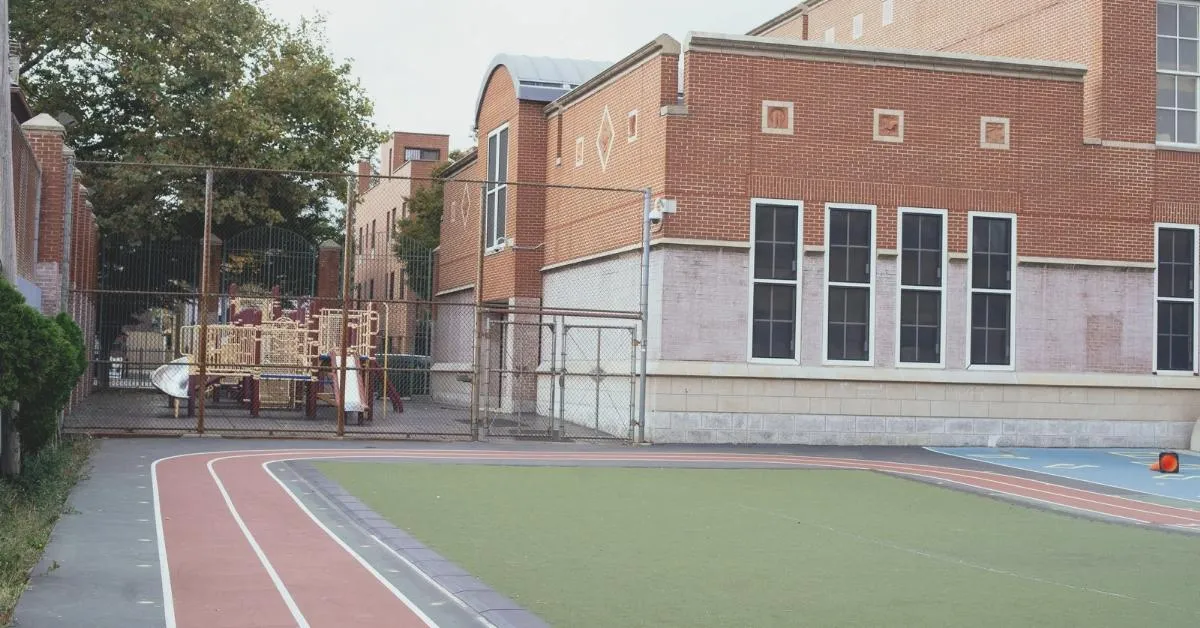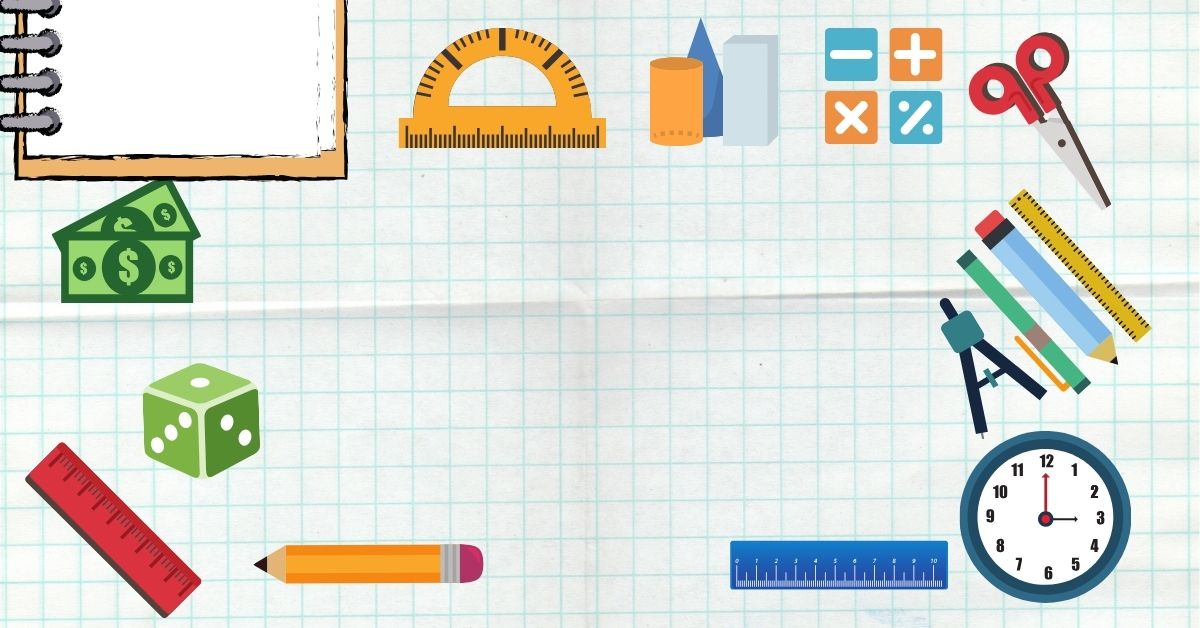When it comes to children’s sports, creating a safe and enjoyable playing environment is a top priority for parents, coaches, and organizers. One of the most overlooked yet crucial factors in achieving this goal is field dimensions. The size, layout, and markings of a playing field directly impact a child’s ability to play safely and improve their skills. Whether it’s soccer, baseball, basketball, or any other sport, the right field dimensions prevent injuries, enhance performance, and ensure the game remains fun for young athletes.
The Science Behind Field Dimensions and Safety
1. Preventing Injuries with Proper Space Allocation
According to the National Athletic Trainers’ Association (NATA), improper field dimensions increase the risk of injuries like sprains, fractures, and concussions. Fields that are too small force players into close contact, raising the chance of collisions, while oversized fields can exhaust young athletes, increasing the risk of muscle strains and dehydration.
For instance:
• Youth soccer fields are smaller than professional ones to prevent excessive running and overuse injuries. The U.S. Soccer Federation recommends a 30x50-yard field for kids under 8, while professional fields range from 70x110 yards.
• In baseball, Little League diamonds have a 46-foot pitching distance, compared to 60.5 feet in Major League Baseball, reducing stress on young arms.
2. Age-Appropriate Field Sizes Enhance Skill Development
Smaller fields help younger players build confidence and improve fundamental skills. A 2019 study in the Journal of Sports Science & Medicine found that children playing on appropriately sized fields demonstrated better ball control, decision-making, and endurance than those on oversized fields.
For example:
• Basketball: Lowering the hoop height to 8 feet for kids under 10 helps them develop proper shooting techniques rather than struggling with full-size 10-foot hoops.
• Tennis: The USTA (United States Tennis Association) uses smaller courts and slower balls for kids, allowing them to rally longer and improve hand-eye coordination.
By ensuring field dimensions match a child’s physical and cognitive abilities, they learn faster and stay engaged longer.
How Field Layout Affects Game Enjoyment
1. Balanced Playing Areas Encourage Fair Play
A well-sized field ensures fairness and equal participation. If a basketball court is too big for young players, one or two stronger athletes may dominate the game, leaving others feeling left out. Smaller courts promote teamwork and inclusion, ensuring everyone gets a chance to be involved.
2. The Role of Boundary Lines and Markings
Clear boundaries and appropriate markings help children understand game rules better. According to the American Academy of Pediatrics, well-marked fields reduce confusion, keeping players focused on the game rather than arguing about out-of-bounds calls.
Fun Fact: The width of an official soccer goal for youth players is 18.5 feet, compared to 24 feet in professional leagues, helping young goalkeepers make more successful saves.
Practical Tips for Parents and Coaches
If you’re a parent or coach organizing games for children, consider these expert-recommended strategies to ensure safety and fun:
✅ Check Official Guidelines – Refer to organizations like FIFA, Little League Baseball, USA Basketball, and USTA for recommended field dimensions for different age groups.
✅ Adapt Playing Areas at Home – If kids are playing in backyards or local parks, modify space accordingly. For example, set up mini goals for soccer or use temporary cones to create smaller courts.
✅ Ensure Safe Playing Surfaces – Uneven ground, loose turf, or slippery surfaces can lead to injuries. Keep playing areas well-maintained and free from hazards.
✅ Hydration and Breaks – A field that’s too large can lead to exhaustion. Schedule frequent water breaks, especially in hot weather.
✅ Use Adjustable Equipment – Lowering basketball hoops, using age-appropriate soccer goals, and reducing baseball pitching distances help children play comfortably and safely.
Conclusion
The right field dimensions are essential for creating a safe, skill-enhancing, and fun playing environment for children. Properly sized fields reduce injuries, encourage fair play, and help kids develop their athletic abilities. As parents and coaches, ensuring that sports fields match children’s needs means they can enjoy the game, stay safe, and develop a lifelong love for sports.









Be the first one to comment on this story.